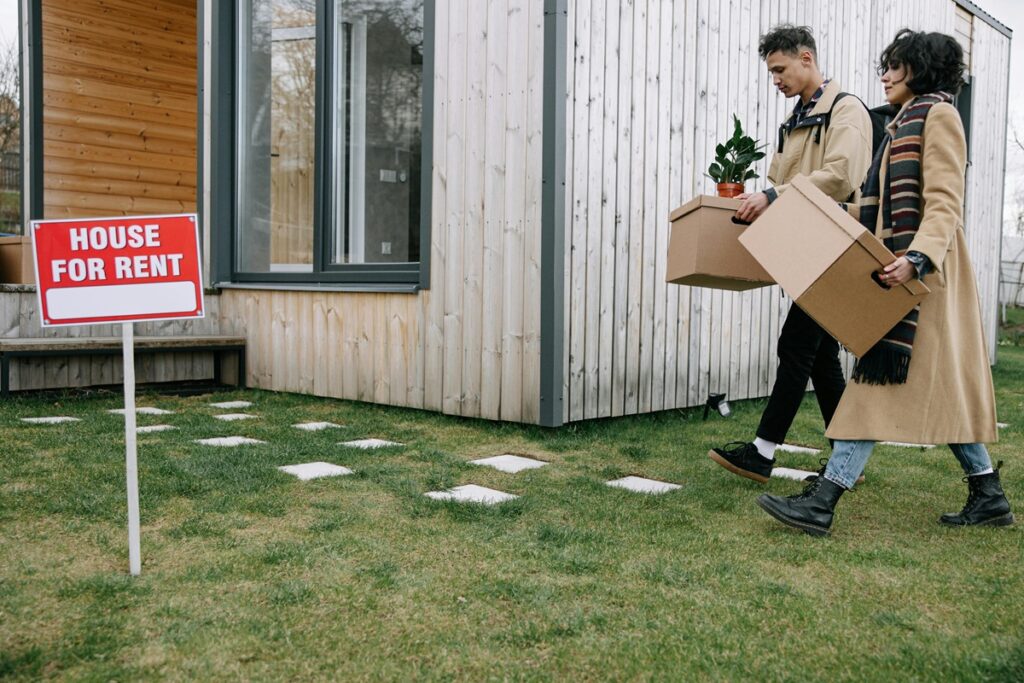Landlord-Tenant Dispute Resolution
Disputes between landlords and tenants are not uncommon, whether they stem from disagreements over rent, maintenance issues, or lease terms. Fortunately, effective landlord-tenant dispute resolution doesn’t have to involve lengthy court battles or strained relationships. By following practical steps and maintaining open communication, both parties can address conflicts constructively. Here’s a guide to navigating these disputes and finding solutions that work for everyone.

1. Communicate Clearly and Early
The foundation of landlord-tenant dispute resolution is communication. Many conflicts arise from misunderstandings that could have been avoided with a quick conversation. If you’re a tenant upset about a leaky faucet, reach out to your landlord promptly. Likewise, landlords should notify tenants immediately about issues like late rent. Clear, respectful dialogue – preferably in writing – creates a record and sets the stage for resolution.
2. Review the Lease Agreement
Before escalating any disagreement, both parties should revisit the lease. The lease is the legal backbone of the landlord-tenant relationship and often contains the answers to disputes. For example, it might specify who’s responsible for repairs or outline late payment penalties. By grounding your approach in the lease, landlord-tenant dispute resolution becomes less about opinions and more about agreed-upon terms.

3. Document Everything
Whether it’s photos of a damaged property, emails about unpaid rent, or receipts for repairs, documentation is key. This evidence strengthens your position if the dispute progresses to mediation or court. Tenants and landlords alike benefit from keeping thorough records, as they provide clarity and credibility in landlord-tenant dispute resolution processes.
4. Seek Mediation as a Middle Ground
If direct communication fails, mediation can be an effective tool for landlord-tenant dispute resolution. A neutral third party helps facilitate a conversation, guiding both sides toward a compromise. Mediation is typically faster and less costly than legal action, and many communities offer free or low-cost services. It’s a practical step to de-escalate tensions while still addressing the core issue.

5. Know Your Legal Rights and Responsibilities
Understanding local landlord-tenant laws is crucial. Tenants have rights to habitable living conditions, while landlords are entitled to timely rent and property care. Researching these regulations—available through government websites or tenant advocacy groups—empowers both parties in landlord-tenant dispute resolution. If unsure, consulting a legal professional can clarify obligations and next steps.
6. Consider Small Claims Court as a Last Resort
When all else fails, small claims court offers a formal yet accessible avenue for landlord-tenant dispute resolution. This option works well for disputes involving money, like security deposit disagreements or unpaid rent. The process is relatively straightforward, often not requiring a lawyer, but it should be a last resort after exhausting other methods.
Final Thoughts
Resolving conflicts between landlords and tenants doesn’t have to be a nightmare. By prioritizing communication, leveraging the lease, and exploring options like mediation, both sides can achieve fair outcomes. The key to successful landlord-tenant dispute resolution lies in staying calm, informed, and proactive. With these strategies, disputes can transform from headaches into opportunities for mutual understanding.

If you’re a real estate agent or seller looking for expert guidance, Equip Business Coaching can help you fine-tune your staging strategy to close deals faster. Contact us today for personalized coaching and insights!







